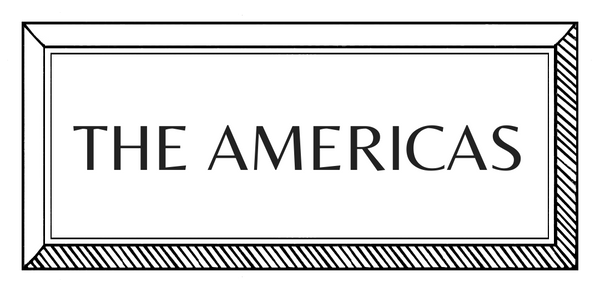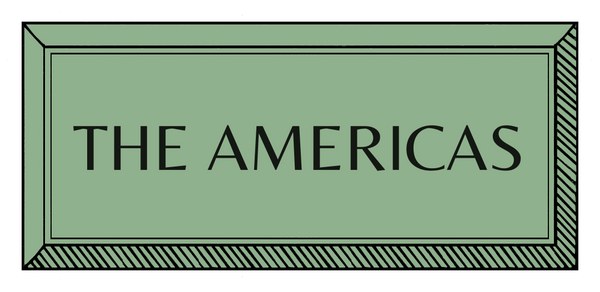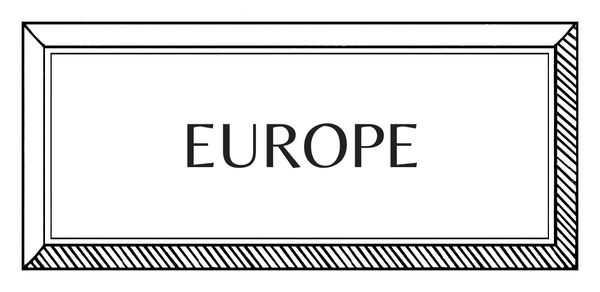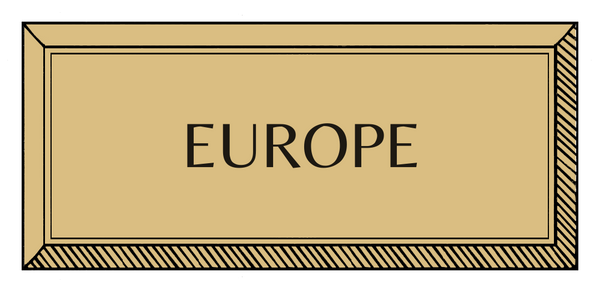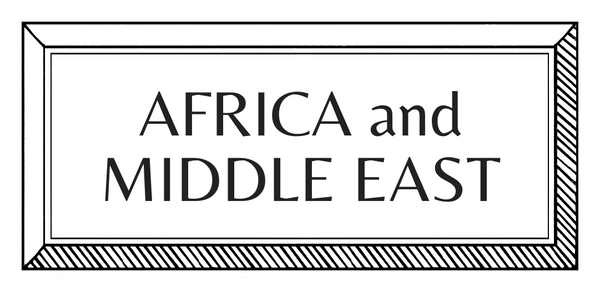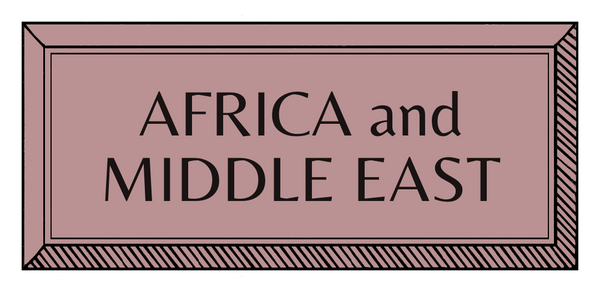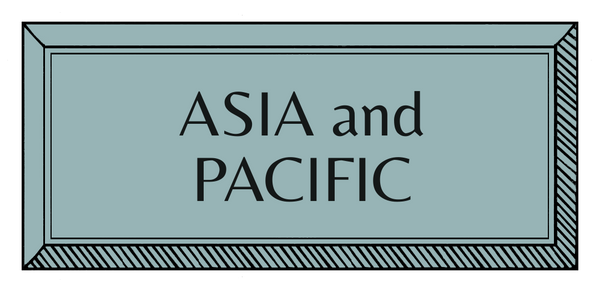MAKERS | THE AMERICAS | ARGENTINA | MULIT-MEDIA
Cristián Mohaded | Designer

Cristián Mohaded, photographed by PH Beto Gutiérrez.
Argentinian designer Cristián Mohaded, who splits his time between Milan and Buenos Aires, is making waves in the design world with his new studio-showroom in the Argentinian capital. Known for his deep connection to traditional crafts, Mohaded collaborates with top regional brands like Colombia's Verdi and Brazil's ETEL Design, fusing heritage with contemporary design in his furniture, lighting, and objects. His recent exhibition at the National Museum of Decorative Arts in Buenos Aires highlights his commitment to exploring the power of collaboration and cultural identity through his work.
How did you begin?
I was always curious about the processes behind making things. Also, crafts intrigued me since I was a boy in Catamarca, in the north of Argentina. I was attracted to the artisanal objects in my house; we always went to fairs and I was excited to see the craftsmen working. I found it amazing that they could learn a craft and manifest cultural and identity expressions out of it –I still do. To see a plant become a fiber, then a weave, an object, a technique… That’s the magic that takes place in the traditional crafts world. Every country has one; as a matter of fact, every region of every country has different ways of thinking and building.
How did you learn?
I’m learning constantly. I studied Industrial Design in Cordova University: I chose it because I liked art and drawing, but before that I was considering studying Accounting and I even got through the first year of Chemical Engineering, before I understood that it wasn’t my path. So, I’ve had the opportunity to study a profession that gives me the possibility to project ideas linked to the artisanal world, and when the craftsman is also willing to try new things, then things are put together. I have learned about the traditional techniques that I use for my designs, in the very workshops of my collaborators: simbol basketry, rope work, weaving, and much more. And not only the technique, but I learn the way of life, about the family, the community. The context is part of the learning.

How do you plan, prepare and create?
By doing, by testing my ideas. I’m constantly visiting workshops, traveling, receiving pieces at my office. Now I’m planning a journey through places I would like to know, like Misiones, close to Brazil and Uruguay, that has red mud and a different type of basketry; I would love to know more about Mendoza, where there’s a spot of salty water where they immerse things. In my processes, I like trying things by myself, first. What does a typical day look like? I’ve just moved to a studio in Buenos Aires, in the Villa Crespo neighborhood, at a loft complex where the office and showroom take up a seven meters-height space, which allows for the big Floating Towers –pieces which are more than four meters tall–, and other furniture and objects. This is a fashionable neighborhood, with plenty of restaurants, art galleries and art studios around. I live in Palermo, some fifteen blocks away, and I walk to the office every day. I like walking and seeing things around me very much.

The best and worst things about being a craftsperson today?
The most beautiful thing is the relationships that are built from honesty. The craftsmen that I’ve work with for ten years or more: Lorenzo, Norma, Jerónimo, Renzo… They trust me with their crafts, open their house’s door for me, share their workspaces, but also their personal lives. The worst? Being stressed about deadlines, but that happens to anyone. I try to be optimistic in everything. The biggest challenge for creators today is being honest to yourself: as Latin American designers, artists and craftsmen we have to know, first and foremost, who we are.
Who or what most inspires you?
The simple things. A wall peeling off because of time, and old lock, an antique fence. A situation that seduces me. Of course, art. I take a lot of pictures of things I find in my walks, like leaves in the pavement. And I love architecture. I’m inspired by all of that. Also, by people that know how to express their sensibility. The Campana brothers, for example. One More Thing... An Object you’ll never part with? I like to collect pieces that are linked to projects, even if the connection is not evident for anyone else. Samples, little tryouts, everything that has to do with the process. Raw materials, like a stone, or the craftsmen tool. They represent a moment. And something that I always have with me are paper and pencil, to draw.

Interview by Rebeca Vaisman
Images from Cristian Mohaded






